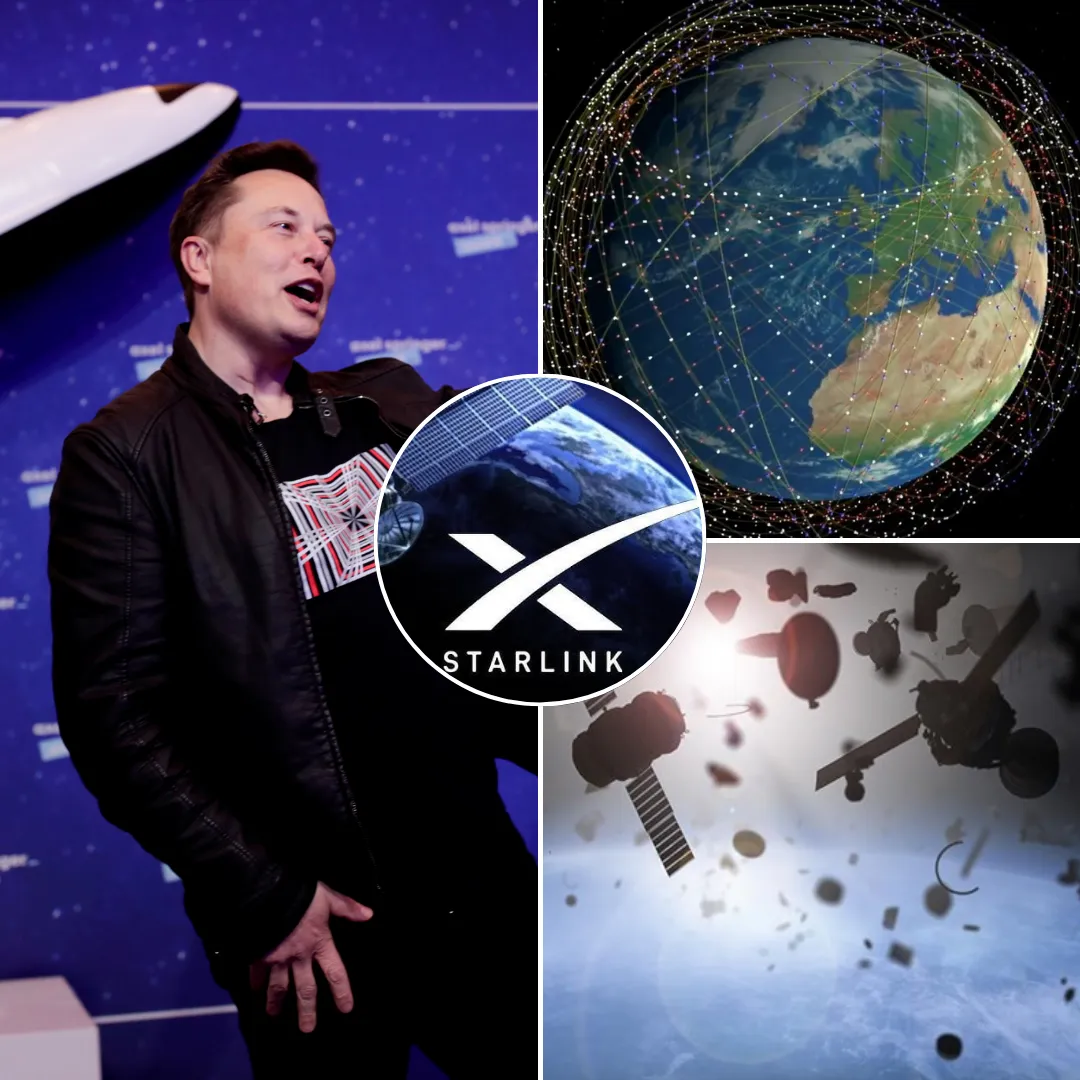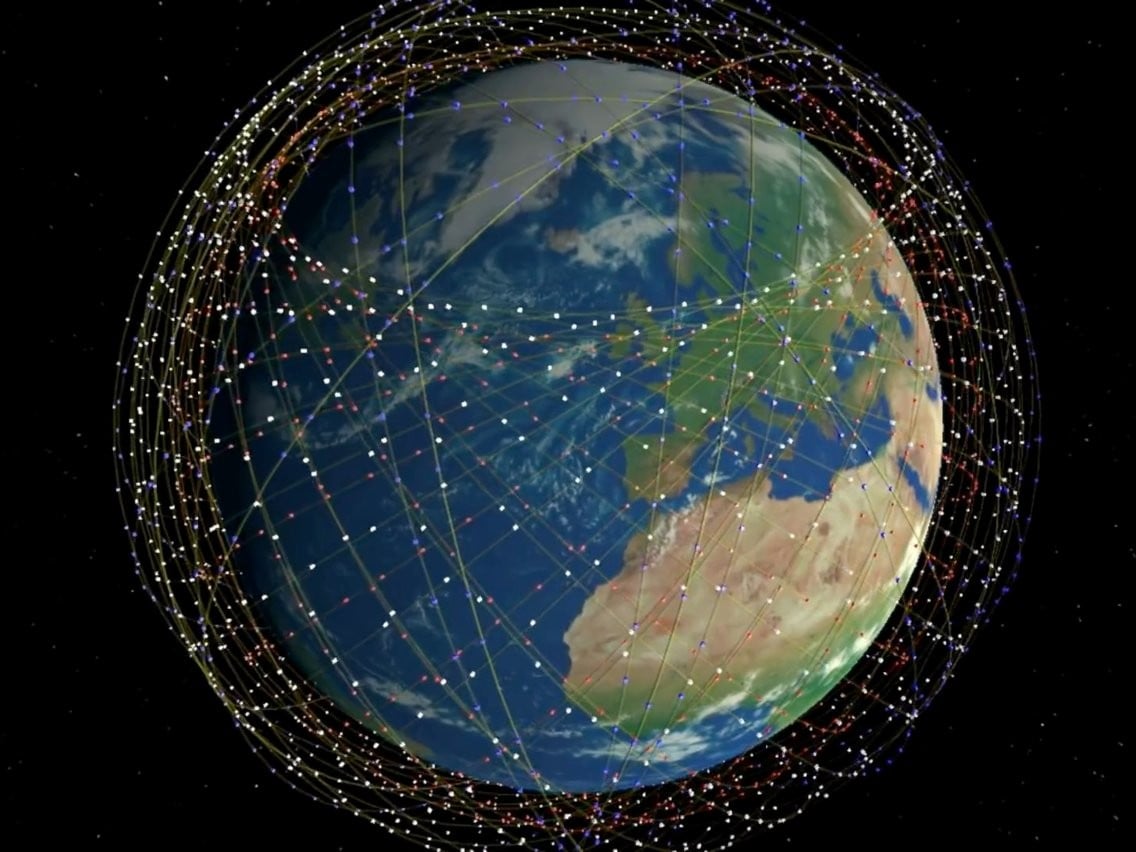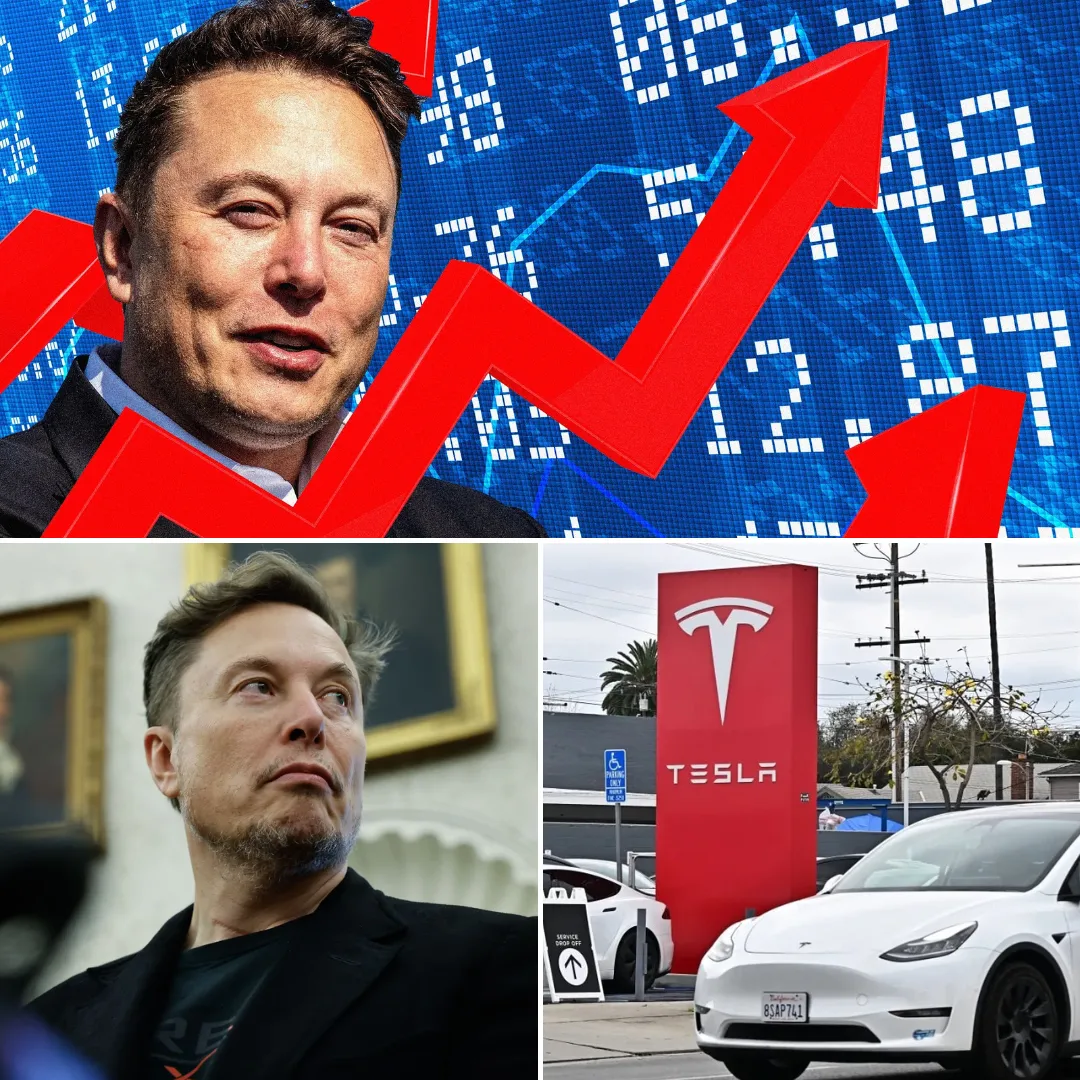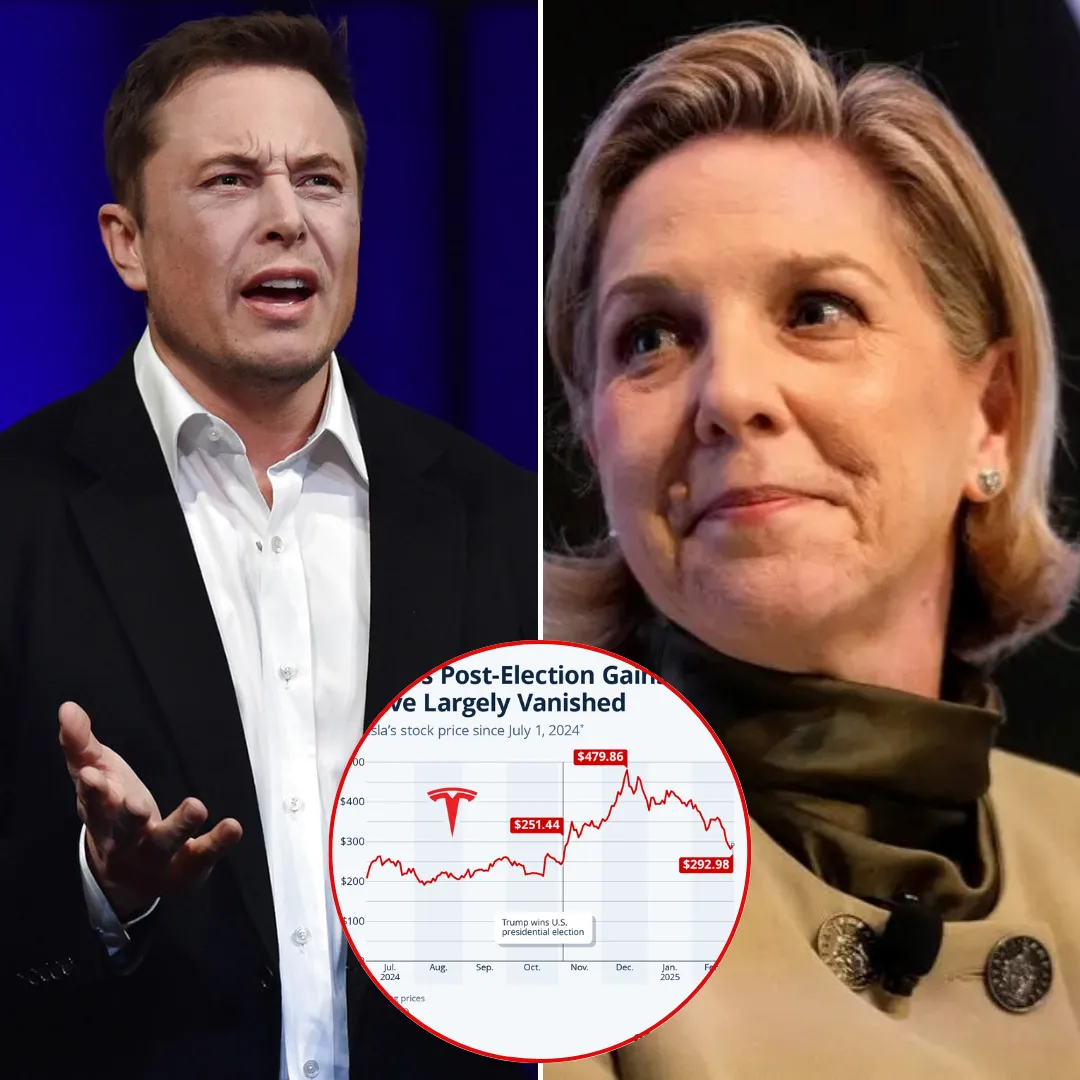
Elon Musk’s Starlink project, heralded as a groundbreaking initiative to deliver global internet coverage, has come under intense criticism for creating significant risks of space pollution and destabilizing the global satellite order.
Despite promises of substantial economic and social benefits, Starlink’s aggressive deployment of thousands of satellites into low Earth orbit has raised alarming concerns among scientists, policymakers, and space industry experts.
The rapid saturation of orbital pathways is seen as a reckless pursuit of profit that neglects critical responsibilities related to space debris management and international space security.
Experts warn that this unchecked expansion risks triggering a cascade of space debris events, jeopardizing the safety of other space missions, threatening satellite industry infrastructure worldwide, and undermining the fragile balance of space governance.

Starlink’s ambitious goal is to blanket the Earth with high-speed internet access through a constellation of tens of thousands of small satellites orbiting at altitudes ranging roughly between 340 and 1,200 kilometers. This network promises to revolutionize connectivity, especially in remote and underserved regions where terrestrial infrastructure is limited.
The project has rapidly scaled, with nearly 10,000 satellites launched within a few years, making it the largest satellite constellation in history. However, this rapid expansion is coming at a cost, sparking widespread debate about the sustainability and safety of such dense orbital traffic.
The core issue centers on space debris, a growing problem in Earth’s orbit. Thousands of defunct satellites, spent rocket stages, and fragments from past collisions already clutter the orbital environment, posing collision risks that can damage or destroy active satellites.
Each collision generates more debris, creating a feedback loop known as the Kessler Syndrome, where cascading impacts make certain orbits unusable for decades or centuries. Starlink’s vast satellite fleet adds significantly to this crowded environment, increasing the probability of collisions and making space operations more hazardous.

Scientists and space policy experts criticize Starlink for lacking comprehensive, transparent plans to mitigate these debris risks. While SpaceX claims to incorporate collision avoidance systems and deorbit satellites at end-of-life, the scale of deployment outpaces regulatory frameworks and international coordination efforts.
The rapid pace of launches leaves limited time for rigorous risk assessments, and failures or malfunctions in any satellite can have disproportionate consequences. The sheer number of Starlink satellites complicates tracking and management, stretching global monitoring systems to their limits.
The environmental impact extends beyond debris. The cumulative effect of so many satellites alters the Earth’s upper atmosphere and introduces new challenges for astronomical observations.
The brightness and reflectivity of Starlink satellites interfere with telescopes and hinder scientific study of the cosmos. Astronomers worldwide have raised alarms about how these megaconstellations degrade our ability to observe faint celestial objects, affecting research in astrophysics and cosmology.
Furthermore, Starlink’s dominance in low Earth orbit has geopolitical implications. The crowded space environment increases tensions among nations competing for orbital slots and spectrum allocation.
Space is a domain of strategic importance for communication, navigation, and defense. The expansion of private satellite constellations like Starlink shifts power dynamics and raises concerns about unilateral actions impacting global interests.
Effective governance requires cooperation, transparency, and respect for international treaties, which critics argue Starlink’s rapid deployment risks undermining.
Financial motivations play a significant role in this expansion. Musk’s vision includes leveraging Starlink’s commercial potential to generate billions in revenue by 2030, funding other ventures like SpaceX’s Mars colonization plans.

This profit-driven approach fuels the aggressive launch schedule and large constellation size. However, prioritizing rapid revenue generation risks sidelining crucial environmental and security considerations. Many experts caution against treating orbital space as a free-for-all resource to be exploited without sufficient safeguards.
The consequences of a debris collision involving Starlink satellites could be catastrophic. Such an event could incapacitate large portions of the constellation, disrupt internet services for millions, and endanger other satellites critical for weather monitoring, military communications, and scientific research.
The cascading debris could render certain orbits inaccessible, hindering future space missions and commercial activities. The cost of recovery and prevention efforts would be enormous, involving international collaboration and costly technological solutions.
Regulatory bodies like the United States Federal Communications Commission (FCC) and international organizations face challenges in adapting policies to manage this new era of satellite megaconstellations. Current frameworks were developed for far smaller satellite populations and struggle to enforce comprehensive debris mitigation measures.

Starlink’s pace and scale highlight the need for updated, enforceable regulations with clear standards for satellite design, operation, and disposal. Without such governance, the risk of unmanaged growth leading to a space traffic crisis grows exponentially.
Starlink’s case has sparked calls for greater transparency and accountability from SpaceX. Observers demand detailed reporting on satellite failures, collision avoidance performance, and end-of-life disposal plans.
Public confidence depends on seeing that commercial ambitions do not come at the expense of safety and sustainability. The company’s willingness to collaborate with international space agencies and the scientific community will be critical in addressing mounting concerns.
Musk’s Starlink project embodies the tension between innovation and responsibility in the modern space age. Its potential to transform global connectivity is enormous, yet the environmental and security risks cannot be overlooked.

This duality exemplifies broader challenges facing humanity’s expansion into space, where technological possibility must be balanced against stewardship of a shared and finite orbital commons.
In conclusion, Elon Musk’s Starlink constellation, with nearly 10,000 satellites launched and plans for many more, presents a serious threat to space environmental safety and the global satellite industry’s stability.
The aggressive pursuit of profit and rapid deployment without robust risk mitigation strategies risks triggering a dangerous buildup of space debris. This threatens to undermine decades of progress in space exploration and satellite services.
Addressing these challenges requires urgent international cooperation, regulatory reform, and responsible corporate leadership. The future of space as a sustainable domain depends on balancing innovation with vigilance and shared stewardship.




